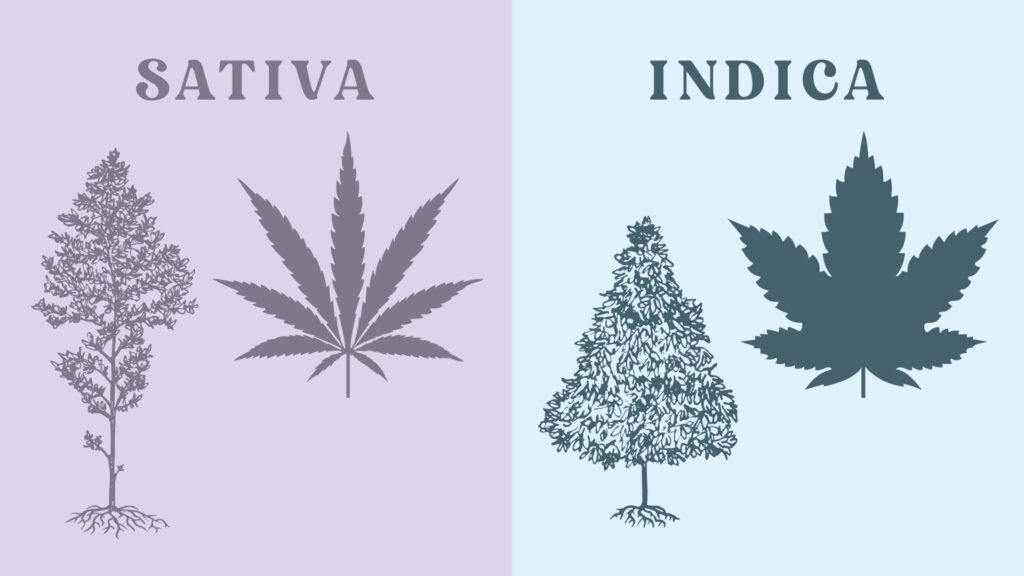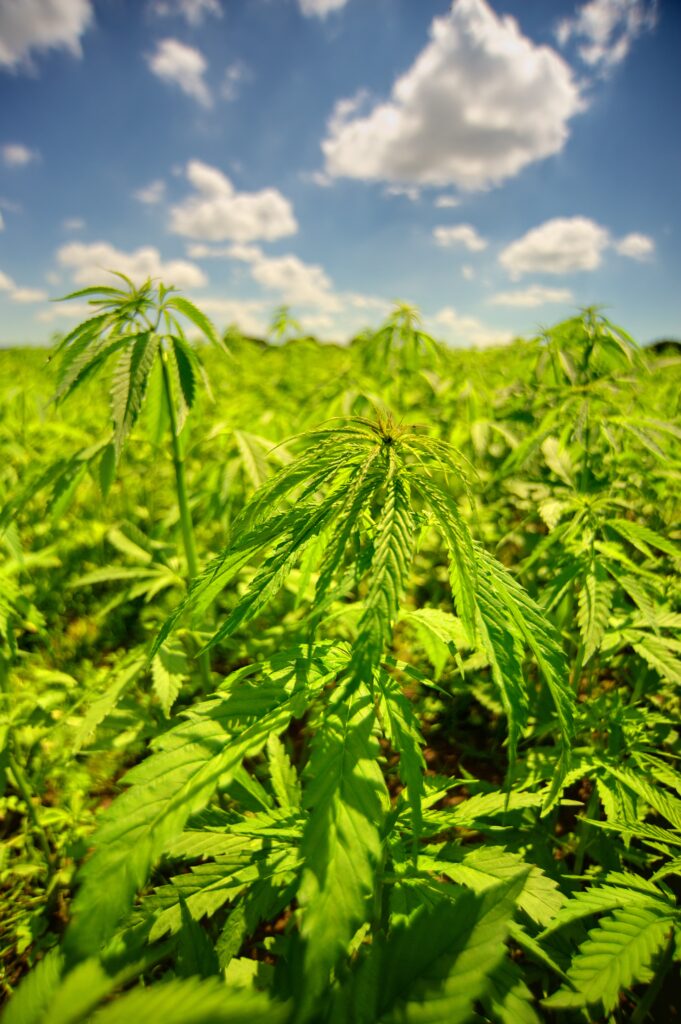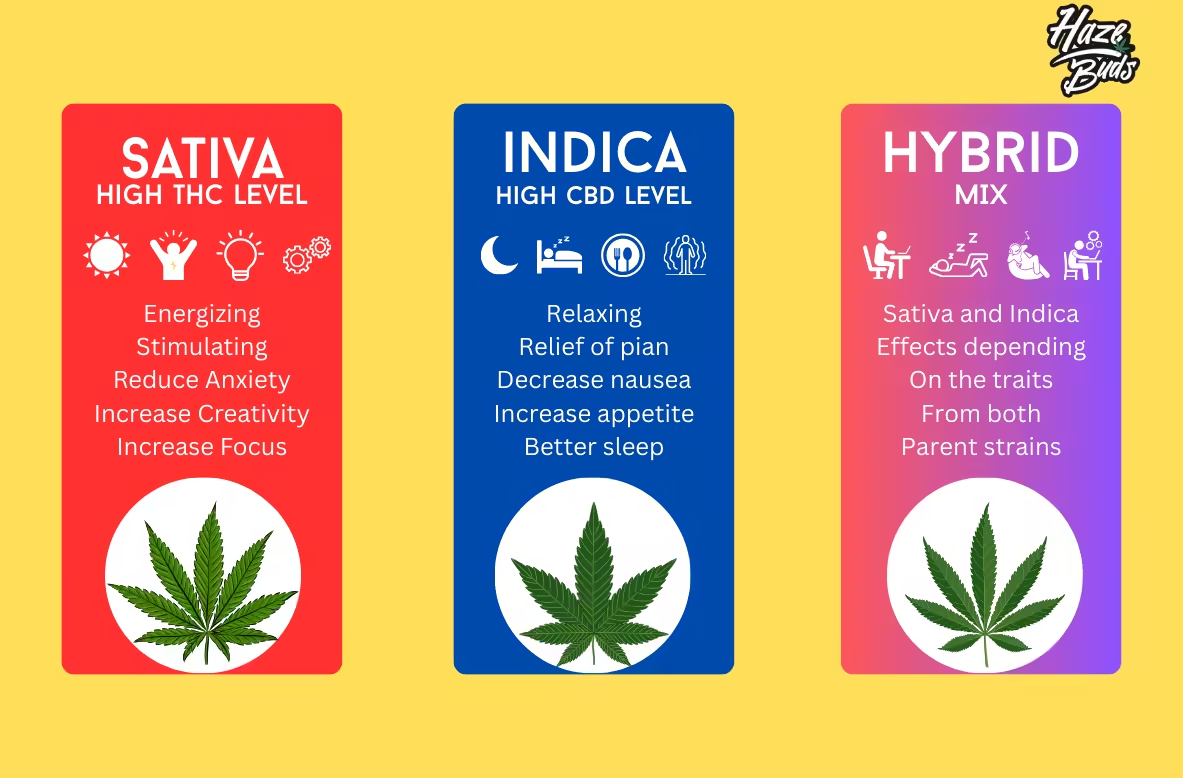

Cannabis, also known as marijuana, has been used for centuries for medicinal, recreational, and spiritual purposes. It contains cannabinoids, such as CBD and THC, which interact with the body’s endocannabinoid system. Recent research has unveiled its therapeutic benefits for conditions like chronic pain and epilepsy. Recreational use is common, with varying legal statuses worldwide. Cannabis also has a historical significance in spiritual practices, aiding altered states of consciousness. Despite controversy surrounding its health effects and societal impact, attitudes towards cannabis are evolving, shaping global policies.


THC:
CBD:
Smoking:
Vaporizing:
Edibles:
Topicals:
Each consumption method offers unique advantages and considerations, allowing individuals to tailor their cannabis experience to their preferences and medical needs. It’s essential to understand the effects and onset times associated with each method to make informed choices regarding dosage and consumption habits.




Cannabis strains fall into three main categories, each offering distinct effects and characteristics:

Sativa Effects:

Hybrid Effects:

Whether you’re a seasoned cannabis enthusiast or a curious beginner, understanding the basics is essential. Remember to start low and go slow, especially if you’re new to cannabis. Consult with a knowledgeable budtender at Haze Buds for personalized recommendations.




Copyright © 2023 Haze Buds | Powered by C&R Group